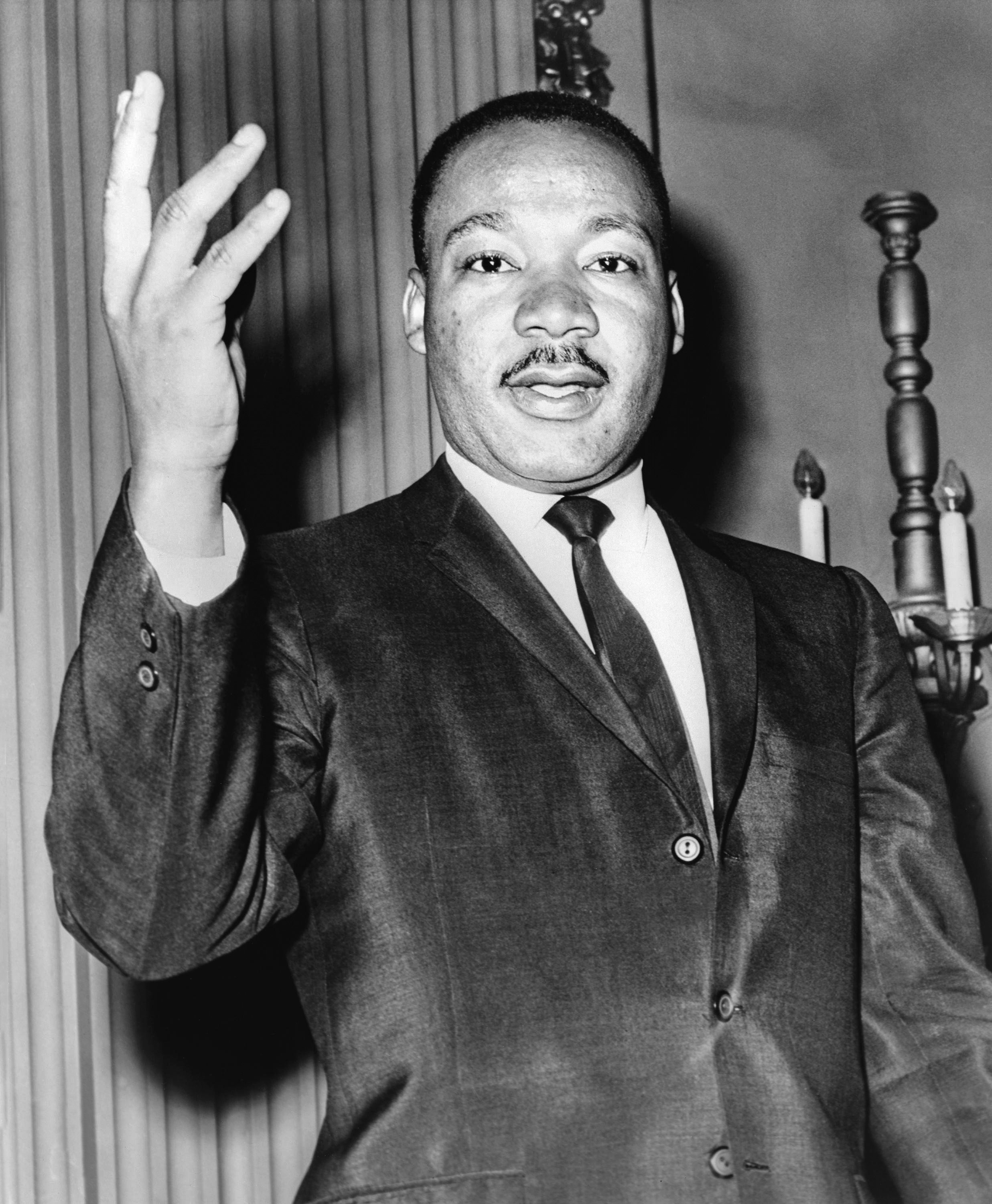|
Organizational Citizenship Behavior
In industrial and organizational psychology, organizational citizenship behavior (OCB) is a person's voluntary commitment within an organization or company that is not part of his or her contractual tasks. Organizational citizenship behavior has been studied since the late 1970s. Over the past three decades, interest in these behaviors has increased substantially. Organizational behavior has been linked to overall organizational effectiveness, thus these types of employee behaviors have important consequences in the workplace. Dennis Organ is generally considered the father of OCB. Organ expanded upon Katz's (1964) original work. Definition of the concept Organ (1988) defines OCB as "individual behavior that is discretionary, not directly or explicitly recognized by the formal reward system, and that in the aggregate promotes the effective functioning of the organization". Organ, D. W. (1988). Organizational Citizenship behavior: The good soldier syndrome. Lexington, MA: Le ... [...More Info...] [...Related Items...] OR: [Wikipedia] [Google] [Baidu] |
Industrial And Organizational Psychology
Industrial and organizational psychology (I-O psychology), an applied discipline within psychology, is the science of human behavior in the workplace. Depending on the country or region of the world, I-O psychology is also known as occupational psychology in the United Kingdom, organisational psychology in Australia and New Zealand, and work and organizational (WO) psychology throughout Europe and Brazil. Industrial, work, and organizational (IWO) psychology is the broader, more global term for the science and profession.Spector P. E. (2021). Industrial and Organizational Psychology: Research and Practice 8th ed. Hoboken, NJ: John Wiley. I-O psychologists are trained in the scientist–practitioner model. As an applied field, the discipline involves both research and practice and I-O psychologists apply psychological theories and principles to organizations and the individuals within them. They contribute to an organization's success by improving the job performance, wellbeing, m ... [...More Info...] [...Related Items...] OR: [Wikipedia] [Google] [Baidu] |
Agreeableness
Agreeableness is a personality trait manifesting itself in individual behavioral characteristics that are perceived as kind, sympathetic, cooperative, warm, and considerate. In contemporary personality psychology, agreeableness is one of the five major dimensions of personality structure, reflecting individual differences in cooperation and social harmony. People who score high on this dimension are empathetic and altruistic, while a low agreeableness score relates to selfish behavior (often manifesting as stinginess) and a lack of empathy. Those who score very low on agreeableness show signs of dark triad behavior such as manipulation and competing with others rather than cooperating. Agreeableness is considered to be a superordinate trait, meaning that it is a grouping of personality sub-traits that cluster together statistically. The lower-level traits, or facets, grouped under agreeableness are: trust, straightforwardness, altruism, compliance, modesty, and tender-mindedne ... [...More Info...] [...Related Items...] OR: [Wikipedia] [Google] [Baidu] |
Policy-capturing
{{unreferenced, date=April 2014 Policy capturing or "the PC technique" is a statistical method used in social psychology to quantify the relationship between a person's judgement and the information that was used to make that judgement. Policy capturing assessments rely upon regression analysis models. Policy capturing is frequently used by businesses to assess employee performance. Policy capturing is a technique that is used to examine how individuals reach decisions. Policy capturing is regarded as a form of judgment analysis and has been applied to a variety of settings and contexts (see Cooksey, 1996). A typical example was reported by Sherer, Schwab and Heneman (1987), in their study of how supervisors, in the setting of a private hospital, reach decisions about salary raises. Participants of this study, called judges, received information about a set of employees. The employees differed on five key factors: performance level was average or superior, performance was consistent ... [...More Info...] [...Related Items...] OR: [Wikipedia] [Google] [Baidu] |
Journal Of Organizational Behavior
The ''Journal of Organizational Behavior'' is a peer-reviewed academic journal published eight times a year by Wiley-Blackwell. The journal publishes empirical reports and theoretical reviews spanning the spectrum of organizational behavior research. It was established in 1980 as the ''Journal of Occupational Behavior'', obtaining its current title in 1988. The founding editor-in-chief was Cary Cooper (Manchester Business School), who was succeeded by Neal Ashkanasy (UQ Business School). The current editor-in-chief is Christian Resick (Drexel University). Abstracting and indexing The journal is abstracted and indexed in the Social Sciences Citation Index, Scopus, ProQuest, Cambridge Scientific Abstracts, EBSCO databases, and Emerald Management Reviews. According to the ''Journal Citation Reports'', it has a 2020 impact factor of 8.174. Best dissertation-based paper The journal sponsors the Academy of Management's Organizational Behavior Division's annual "Best Dissertation-Bas ... [...More Info...] [...Related Items...] OR: [Wikipedia] [Google] [Baidu] |
Factor Analysis
Factor analysis is a statistical method used to describe variability among observed, correlated variables in terms of a potentially lower number of unobserved variables called factors. For example, it is possible that variations in six observed variables mainly reflect the variations in two unobserved (underlying) variables. Factor analysis searches for such joint variations in response to unobserved latent variables. The observed variables are modelled as linear combinations of the potential factors plus "error" terms, hence factor analysis can be thought of as a special case of errors-in-variables models. Simply put, the factor loading of a variable quantifies the extent to which the variable is related to a given factor. A common rationale behind factor analytic methods is that the information gained about the interdependencies between observed variables can be used later to reduce the set of variables in a dataset. Factor analysis is commonly used in psychometrics, persona ... [...More Info...] [...Related Items...] OR: [Wikipedia] [Google] [Baidu] |
Counterproductive Work Behaviour
Counterproductive work behavior (CWB) is employee behavior that goes against the legitimate interests of an organization. These behaviors can harm organizations or people in organizations including employees and clients, customers, or patients. It has been proposed that a person-by-environment interaction can be utilized to explain a variety of counterproductive behaviors. For instance, an employee who is high on trait anger (tendency to experience anger) is more likely to respond to a stressful incident at work (e.g., being treated rudely by a supervisor) with CWB. Some researchers use the CWB term to subsume related constructs that are distinct: * Workplace deviance is behavior at work that violates norms for appropriate behavior. * Retaliation consists of harmful behaviors done by employees to get back at someone who has ... [...More Info...] [...Related Items...] OR: [Wikipedia] [Google] [Baidu] |
Meta-analytic
A meta-analysis is a statistical analysis that combines the results of multiple scientific studies. Meta-analyses can be performed when there are multiple scientific studies addressing the same question, with each individual study reporting measurements that are expected to have some degree of error. The aim then is to use approaches from statistics to derive a pooled estimate closest to the unknown common truth based on how this error is perceived. Meta-analytic results are considered the most trustworthy source of evidence by the evidence-based medicine literature.Herrera Ortiz AF., Cadavid Camacho E, Cubillos Rojas J, Cadavid Camacho T, Zoe Guevara S, Tatiana Rincón Cuenca N, Vásquez Perdomo A, Del Castillo Herazo V, & Giraldo Malo R. A Practical Guide to Perform a Systematic Literature Review and Meta-analysis. Principles and Practice of Clinical Research. 2022;7(4):47–57. https://doi.org/10.21801/ppcrj.2021.74.6 Not only can meta-analyses provide an estimate of the unk ... [...More Info...] [...Related Items...] OR: [Wikipedia] [Google] [Baidu] |
Meta-analyses
A meta-analysis is a statistical analysis that combines the results of multiple scientific studies. Meta-analyses can be performed when there are multiple scientific studies addressing the same question, with each individual study reporting measurements that are expected to have some degree of error. The aim then is to use approaches from statistics to derive a pooled estimate closest to the unknown common truth based on how this error is perceived. Meta-analytic results are considered the most trustworthy source of evidence by the evidence-based medicine literature.Herrera Ortiz AF., Cadavid Camacho E, Cubillos Rojas J, Cadavid Camacho T, Zoe Guevara S, Tatiana Rincón Cuenca N, Vásquez Perdomo A, Del Castillo Herazo V, & Giraldo Malo R. A Practical Guide to Perform a Systematic Literature Review and Meta-analysis. Principles and Practice of Clinical Research. 2022;7(4):47–57. https://doi.org/10.21801/ppcrj.2021.74.6 Not only can meta-analyses provide an estimate of the unk ... [...More Info...] [...Related Items...] OR: [Wikipedia] [Google] [Baidu] |
Transactional Leadership
Transactional leadership or transactional management is the part of one style of leadership that focuses on supervision, organization, and performance; it is an integral part of the Full Range Leadership Model. This type of management was born during the Industrial Revolution as a source of competitive advantage. Some typical tactics of this type of management include strategy, efficiency goals, economies of scale and quality differentiation. Transactional managers focus on performance related tasks and goals. Transactional leadership is a style of leadership in which leaders promote compliance by followers through both rewards and punishments. Through a rewards and punishments system, transactional leaders are able to keep followers motivated for the short-term. Unlike transformational leaders, those using the transactional approach are less interested in progressing their workers talents. Transactional leadership "occurs when one person takes the initiative in making contact ... [...More Info...] [...Related Items...] OR: [Wikipedia] [Google] [Baidu] |
Transformational Leadership
Transformational leadership is a theory of leadership where a leader works with teams or followers beyond their immediate self-interests to identify needed change, creating a vision to guide the change through influence, inspiration, and executing the change in tandem with committed members of a group; This change in self-interests elevates the follower's levels of maturity and ideals, as well as their concerns for the achievement. it is an integral part of the Full Range Leadership Model. Transformational leadership is when leader behaviors influence followers and inspire them to perform beyond their perceived capabilities. Transformational leadership inspires people to achieve unexpected or remarkable results. It gives workers autonomy over specific jobs, as well as the authority to make decisions once they have been trained. This induces a positive change in the followers attitudes and the organization as a whole. Transformational leaders typically perform four distinct behaviors ... [...More Info...] [...Related Items...] OR: [Wikipedia] [Google] [Baidu] |



